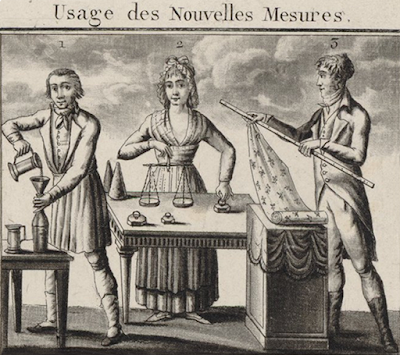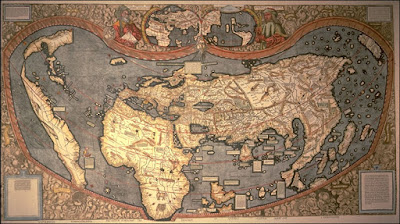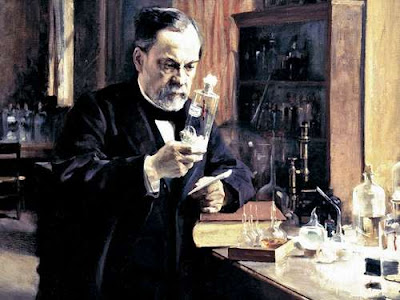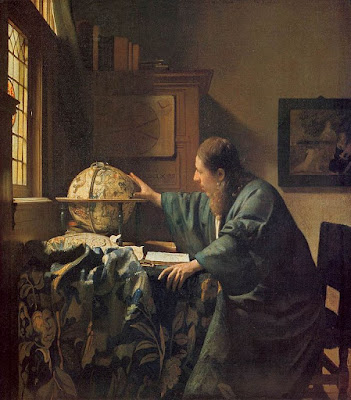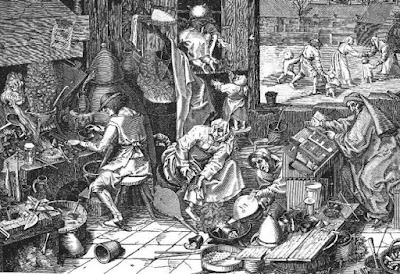From the Camera Obscura to the Magic Lantern

Could it be that by using a machine, a mechanical device created by humans, we were able to create art? In Aristotle's age, the word techné referred to mastery, art, ability, creativity; in other words, to the group of necessary skills to carry out activities such as navigation, war or writing a poem. The etymology of the word ars (art) drives us to the Greek word techné (technique), which, as one can observe, provides a vague meaning. Over the centuries, the use of the term "art" was limited to those activities aimed to provide an aesthetic look and to those acts through which the human being was seeking emotions, expressing fears, anguish, and spiritual aspirations. Illustration of the camera obscura or pinhole camera

